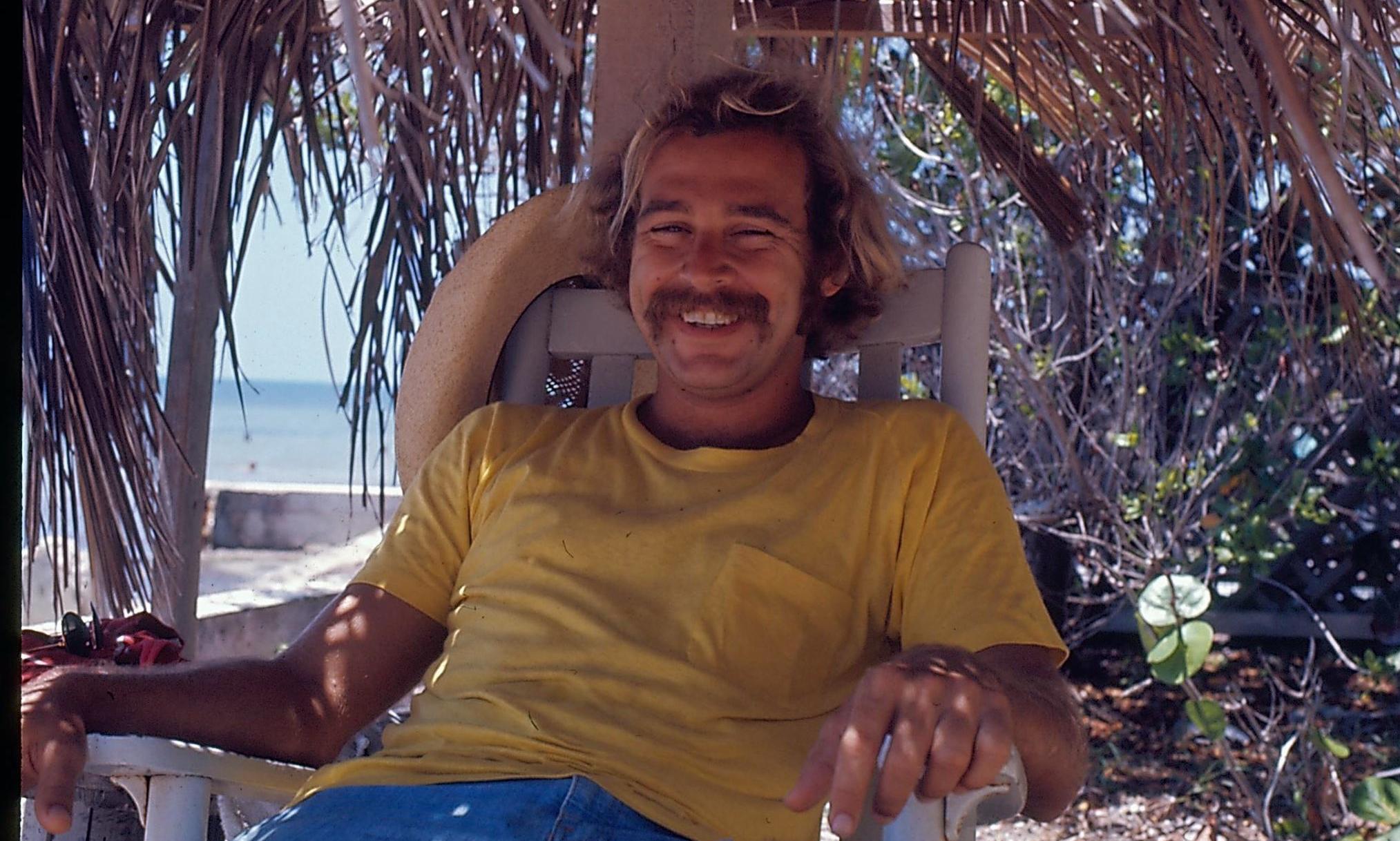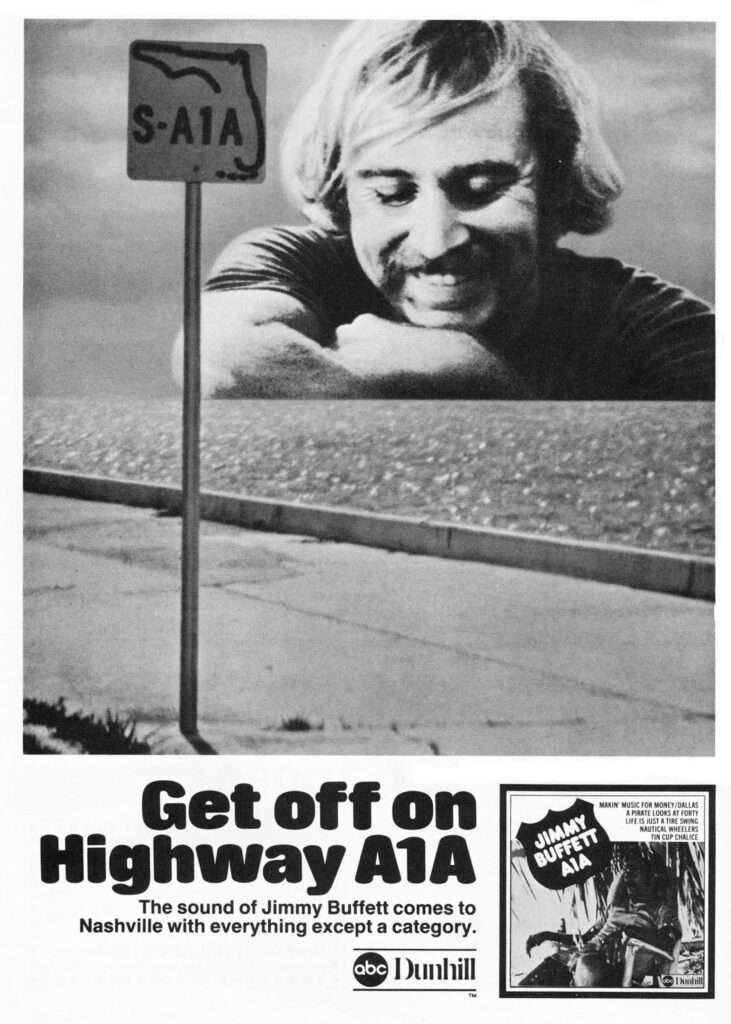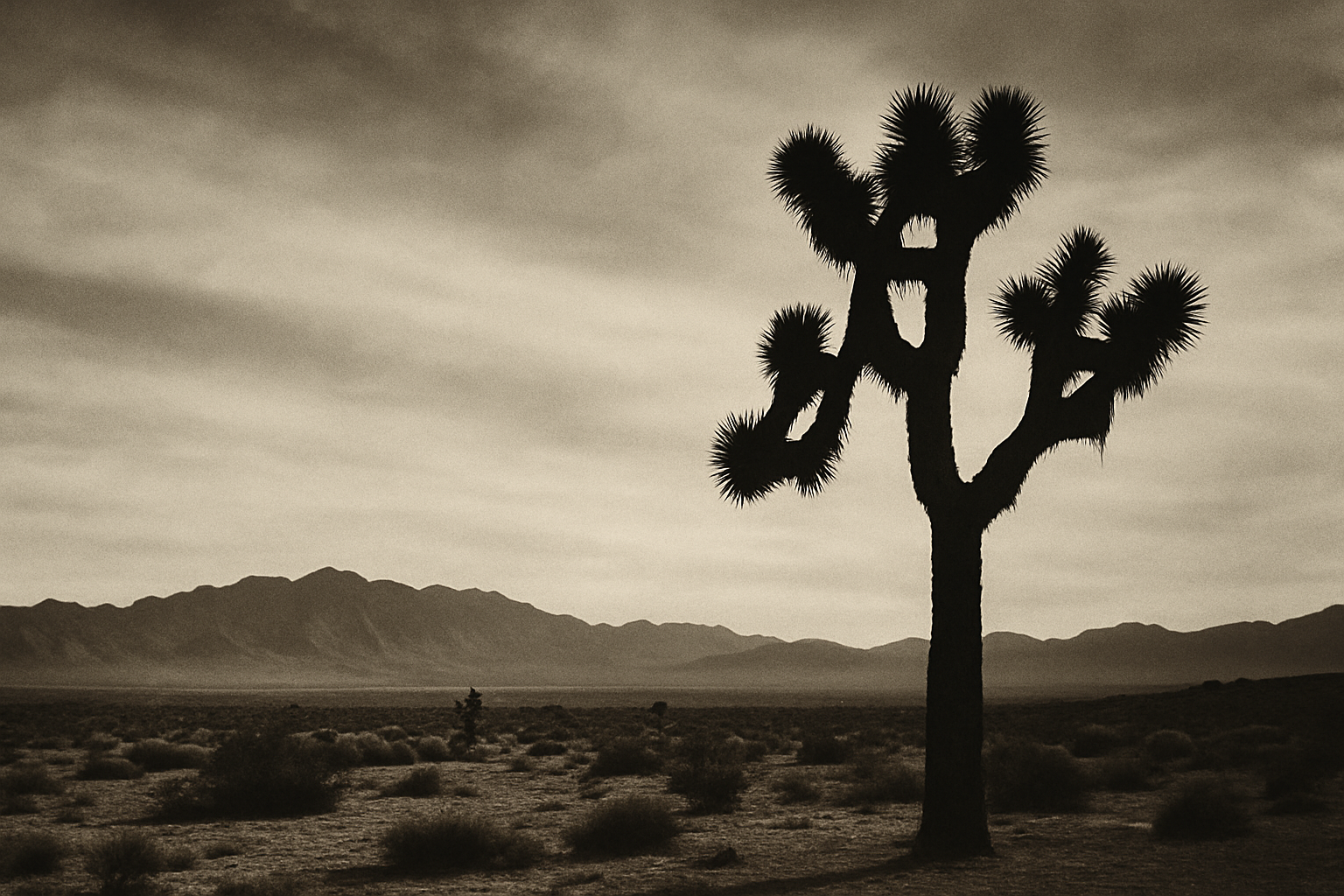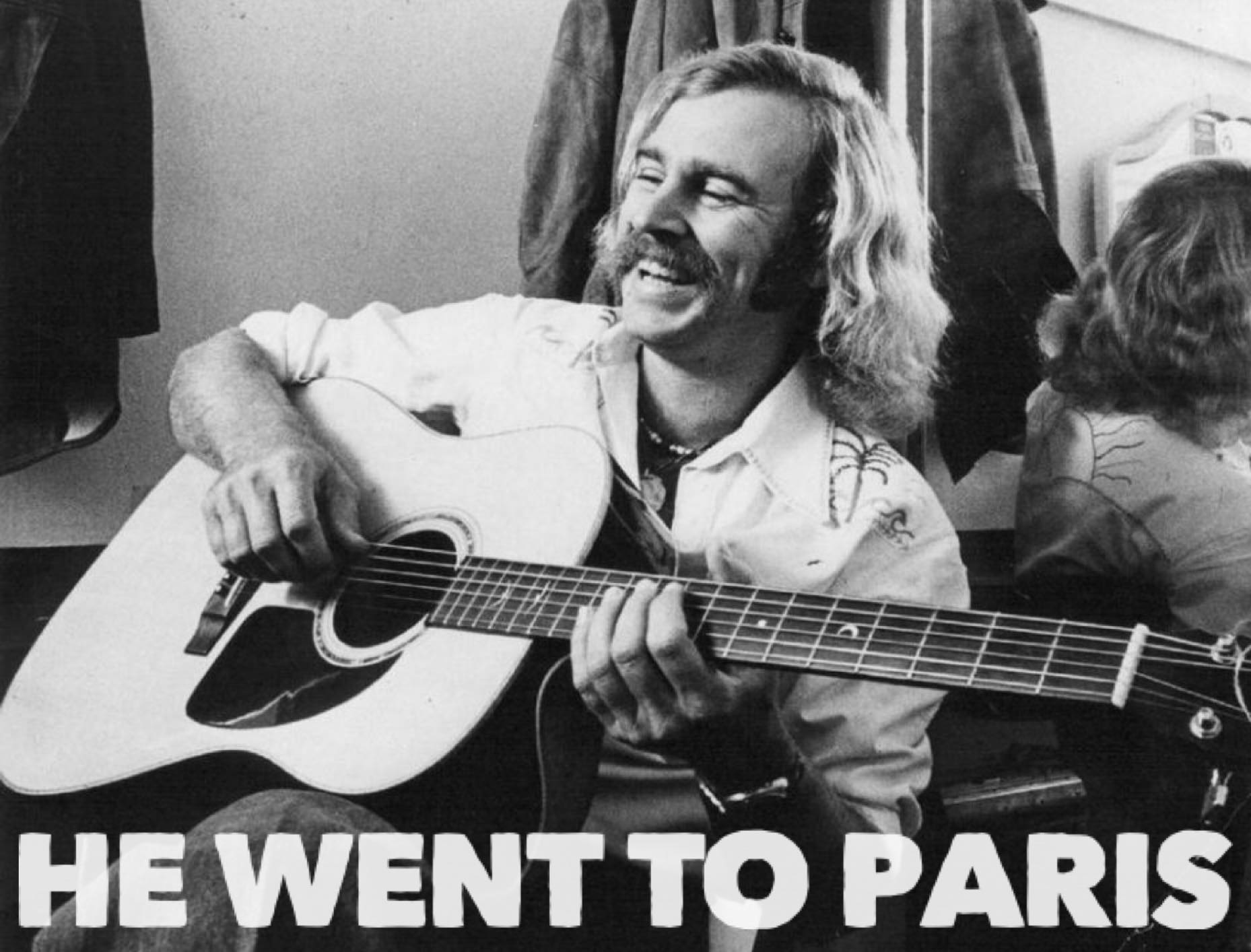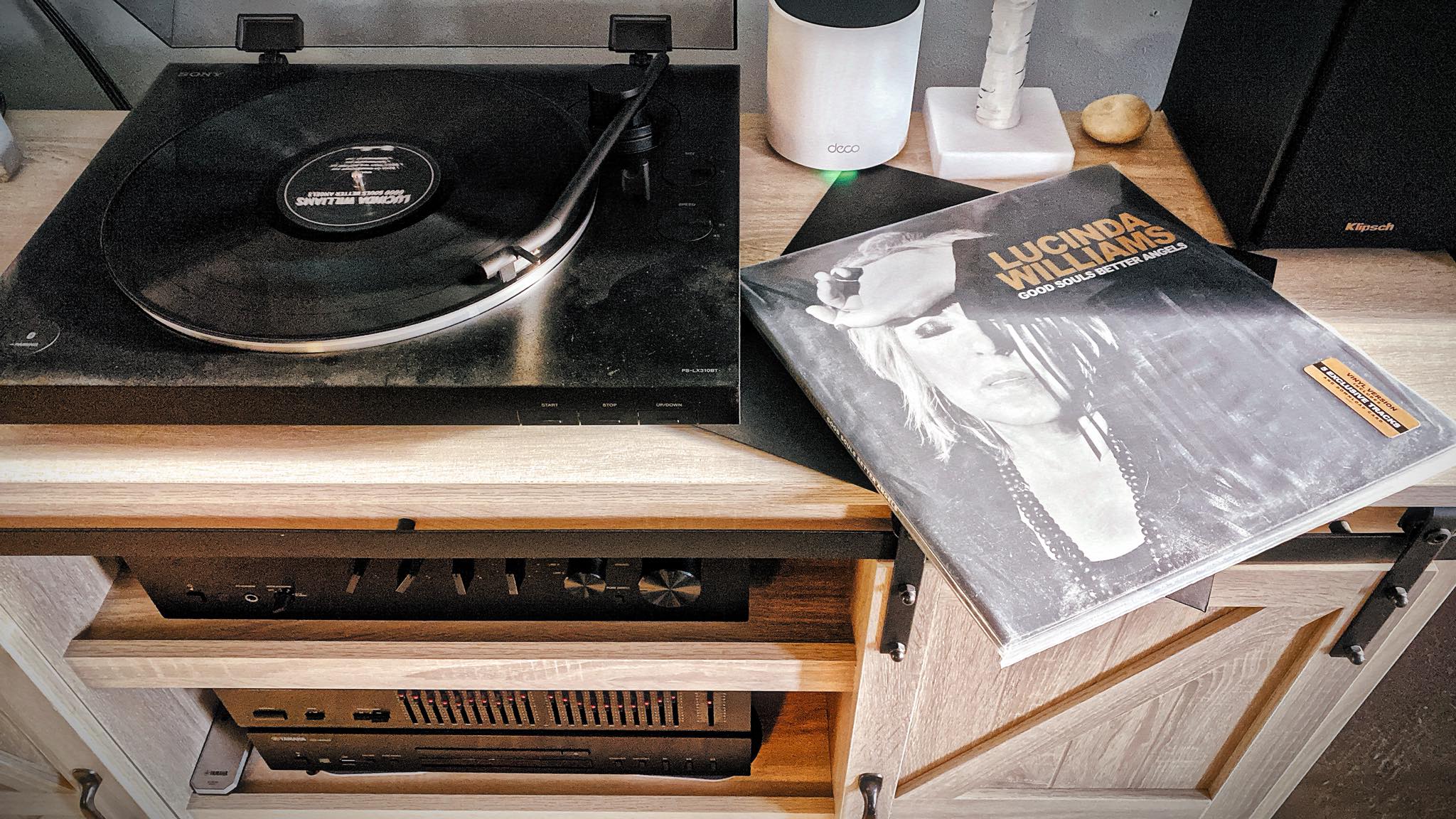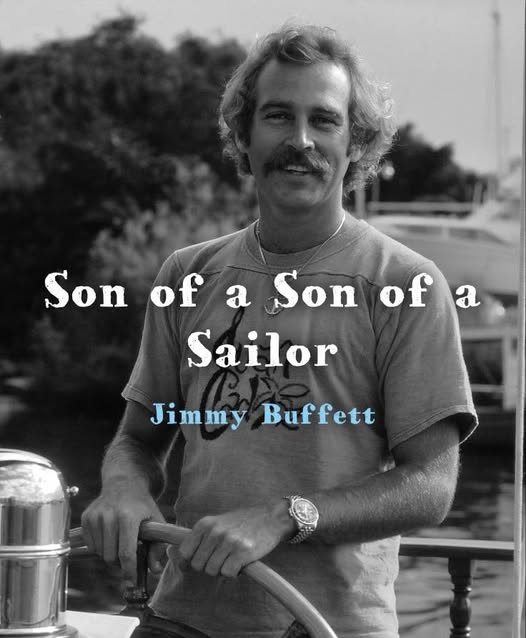Released in August of 1973, Goats Head Soup marked a pivotal and somewhat polarizing moment in the Rolling Stones’ career, a decadent, dreamlike offering that emerged as the last embers of the band’s mythic “golden age” flickered beneath a haze of narcotics, exile, and artistic transition. Positioned between the raw alchemy of Exile on Main St. (1972) and the slick, funk-infused It’s Only Rock ’n Roll (1974), Goats Head Soup is a record suspended in contradiction: opulent and weary, lascivious and lonesome, gloriously produced yet emotionally shrouded. It is the sound of a band at the peak of their fame, crafting music with the allure of satin and the undercurrent of decay.
The Setting and Creation
Much of Goats Head Soup was conceived and recorded in Jamaica, at Dynamic Sound Studios in Kingston, a choice motivated as much by tax exile necessity as it was by a sense of creative exploration. With the band legally restricted from working in the United Kingdom due to mounting tax pressures, and after the chaotic sprawl of Exile recorded across various villas and studios, Jamaica offered a kind of liminal space, both physically and spiritually.
Despite being recorded in the birthplace of reggae, the album only faintly absorbs Caribbean influences, leaning instead toward a kind of lush, narcotic romanticism. The production, handled by longtime collaborator Jimmy Miller (his last full album with the Stones), is full of sumptuous arrangements, strings, horns, wah-wah guitars, and gospel-tinged backing vocals, that support the album’s moody elegance.
Themes and Notable Tracks
At the album’s heart lies a suite of songs that oscillate between sleazy hedonism and vulnerable introspection. If Exile was the Stones’ roadhouse gospel, then Goats Head Soup is their velvet-curtained confessional.
- “Angie”: Easily the most commercially successful song from the album, “Angie” became an international hit and remains one of the Stones’ most recognizable ballads. With its plaintive acoustic guitar, string arrangements, and Mick Jagger’s unusually tender vocal delivery, the song is often speculated to be about David Bowie’s then-wife Angela, or possibly Keith Richards’ daughter Dandelion Angela. Richards, however, has insisted the name was chosen simply because it fit the melody. Regardless of origin, the song captures the sense of romantic disillusionment with heartbreaking clarity: “Ain’t it time we said goodbye?”
- “Doo Doo Doo Doo Doo (Heartbreaker)”: A sharp pivot from the album’s softer edges, this politically tinged funk-rock track takes aim at institutional violence and urban decay. The lyrics reference a boy gunned down by police and a girl dying from heroin overdose, a gritty realism that sharply contrasts with the song’s infectious clavinet groove and brass hooks. It’s the Stones at their most socially conscious, hiding despair within a danceable shell.
- “Dancing with Mr. D”: The album opens with this brooding invocation of death and temptation, a kind of voodoo-laced rock dirge. “Mr. D” has been interpreted as death, the devil, or even a metaphor for drugs. With its sinister groove and spectral imagery, the song sets the tone for an album obsessed with the blurry boundaries between desire and doom.
- “Winter”: One of the album’s most overlooked gems, “Winter” is an aching ballad co-written by Jagger and Mick Taylor (although Taylor did not receive a songwriting credit). Featuring Taylor’s evocative guitar work and lush string arrangements, the song exudes melancholia and emotional distance, evoking not just the cold season, but the frost of isolation and longing.
- “Star Star” (originally titled “Starfucker”): Perhaps the album’s most notorious track, “Star Star” is a raunchy, Chuck Berry-style rocker dripping in sexual innuendo and unabashed name-dropping (including a controversial reference to John Wayne and Steve McQueen). Initially banned or censored by various broadcasters due to its explicit lyrics, the song encapsulates the band’s enduring flirtation with scandal and sexuality.
The Album Cover: Shrouded in Controversy
The visual representation of Goats Head Soup is as enigmatic and provocative as the music itself. The cover, designed by Ray Lawrence and photographed by David Bailey, features a haunting image of Mick Jagger with his head draped in translucent chiffon, his face contorted in a mask-like expression of sensual ambiguity. Originally, the band had explored a concept involving literal goats’ heads in soup pots, an idea that was ultimately abandoned for being too grotesque.
Nevertheless, the final cover retained a ghostly eeriness that stirred discomfort and fascination. Some critics derided the image as self-indulgent or unsettling, while others praised its theatrical boldness. It spoke, in visual terms, to the album’s themes of veiled identity, morbid allure, and fading glamour.
Expanded Reissues: The 2020 Deluxe Edition
In 2020, Goats Head Soup was reissued in an expanded deluxe edition, offering both longtime fans and new listeners a fresh lens through which to experience the album. The double LP set included a beautifully remastered version of the original album, as well as a trove of previously unreleased tracks, demos, and alternate takes.
Among the most celebrated additions was “Scarlet”, a previously unheard track featuring Led Zeppelin’s Jimmy Page on guitar. Recorded in October 1974 at Ronnie Wood’s home studio, “Scarlet” captures a ragged, glam-tinged vibe that blends Page’s fuzz-drenched guitar with Jagger’s sleazy drawl. The song quickly became a highlight of the reissue campaign, drawing renewed attention to the fertile outtakes that swirled around the Stones during this period.
Other unreleased tracks such as “All the Rage” and “Criss Cross” helped reframe Goats Head Soup not merely as a transitional album, but as a reservoir of creativity overflowing with experimental fervor and sonic daring.
The expanded packaging also included essays, rare photos, and liner notes that contextualized the album’s creation, its reception, and its legacy. For collectors, audiophiles, and completists, this deluxe edition offered an opportunity to reevaluate an often-misunderstood chapter in the Rolling Stones’ saga.
Legacy and Reappraisal
Upon its release, Goats Head Soup received mixed reviews. Some critics lamented the absence of the raw urgency that had defined Exile and Sticky Fingers. Others found it bloated or overly produced. However, over the decades, the album has undergone significant critical reevaluation. Where once it was seen as an indulgent comedown, now it is viewed as a complex, emotionally rich document of a band navigating fame, fatigue, and the shifting tides of the 1970s.
Today, Goats Head Soup stands not only as a richly textured artistic statement but as a haunting reflection of a moment when the Rolling Stones were both supremely powerful and increasingly adrift, a gilded serpent shedding its skin in the twilight.
Get the exclusive special edition: https://amzn.to/4kl44YL

